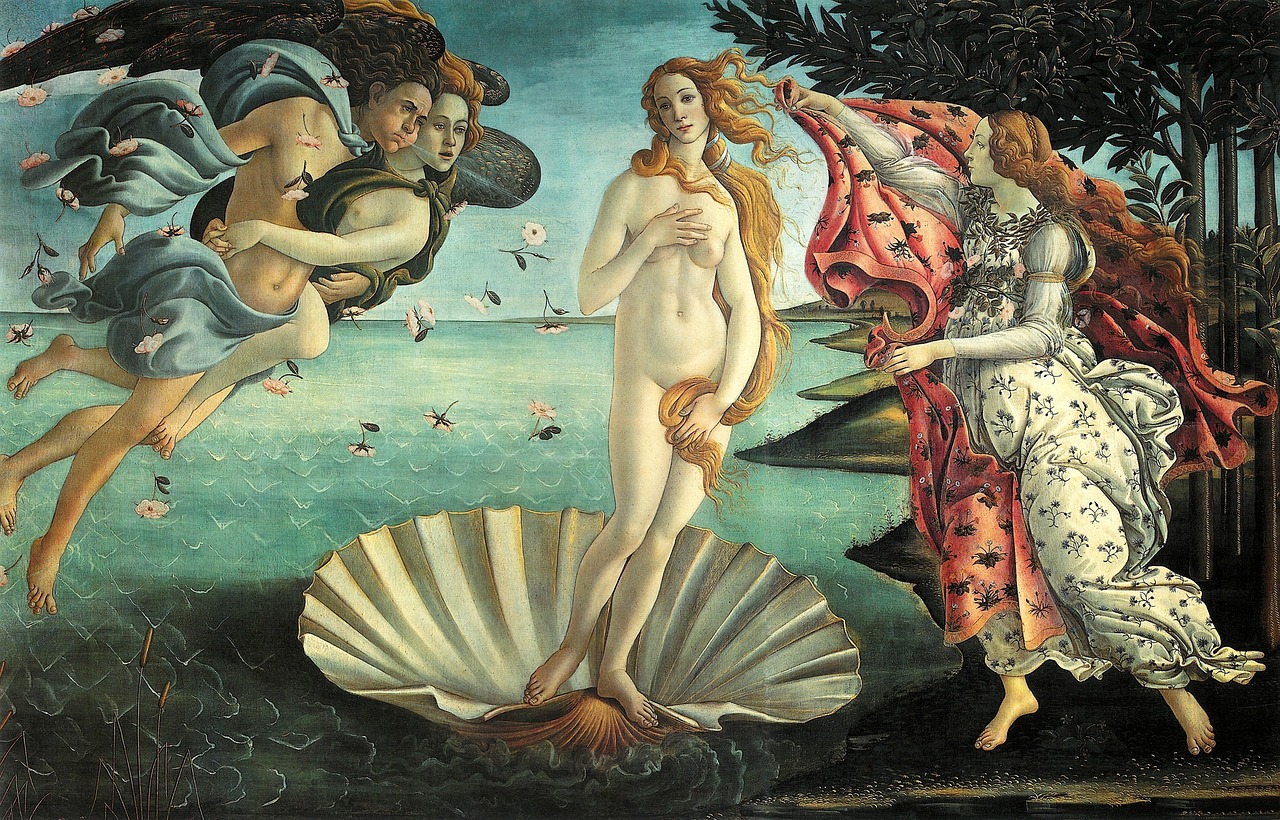The Enigmatic Goddess Ran: Mistress of the Deep
Ran, a significant yet often overlooked figure within Norse mythology, presides over the vast and tumultuous ocean. Commanding the waves, she embodies the dual nature of the sea—both beautiful and perilous—affecting the destinies of all who navigate her waters. Though her name might not resonate as widely as more celebrated Norse gods, her influence is profound and enduring.
Overview of Ran
The name “Ran” is rooted in Old Norse, thought to derive from terms like “hrán,” “ráða,” or “ráð,” which signify “theft” or “plunder” (Norse Goddess Ran: The Powerful Marine Divinity – Old World Gods). This etymological background underscores her role as a goddess who governs the capricious nature of the sea, commanding the souls of those who tragically perish in its depths (Megas). Ran’s essence resonates with the unpredictable character of ocean waters and her identity as a celestial collector of souls enhances her enigmatic presence within the pantheon.
Abilities That Command Respect
Ran, often referred to as the Sea Queen, wields formidable powers over her aquatic domain (Megas). One of her most celebrated abilities involves summoning and controlling violent storms, capable of tossing even the sturdiest ships into chaos (Norse Goddess Ran: The Powerful Marine Divinity – Old World Gods). This mastery extends to creating daunting waves that challenge even the most seasoned mariners, testing their courage against nature’s fury (Dan).
Characteristics of the Sea Goddess
Visually, Ran’s portrayal evokes awe; her long flowing hair, typically depicted in shades of seaweed-green (Dan), signifies her deep connection to the ocean. Adorned with pearls and corals (“Nine Sisters: Ran, Mother of the Sea”), she symbolizes her regal nature and the treasures hidden beneath the waves. Her penetrating gaze reflects the sea’s hidden mysteries, establishing her as a powerful and commanding deity.
Traits of Unpredictability
Ran’s primary trait is her unpredictable essence, mirroring the ocean’s ever-changing temperament. Her demeanor can swiftly shift from tranquil to tempestuous (Megas). While sailors may call upon her for safety and shelter, they remain acutely aware of the need to honor her. Disregarding her power could provoke her ire, leading to hazardous voyages. Thus, she commands significant reverence in Norse cosmology.
Symbolism Rich with Meaning
Several symbols are integral to Ran’s identity as the sea goddess, with her net, known as “Ránar-úði,” serving as the most prominent emblem. This net not only represents her authority over souls lost to the ocean but also highlights the treacherous, capricious essence of maritime life (Megas). The imagery of seaweed, intertwined with her flowing hair (“Nine Sisters: Ran, Mother of the Sea”), strengthens her connection to the underwater world. Additionally, pearls and corals represent the hidden wealth of the ocean and reinforce her status as its guardian.
Festivals and Traditions
“Ran’s Tide,” a festival celebrated during winter, serves as a vital occasion for seafarers to express gratitude and seek the goddess’s favor (Megas). During this festival, participants make offerings, like coins and jewelry, casting them into the sea as tributes to ensure safe journeys across her waters (Dan). Some Norse communities also participate in net-weaving rituals, invoking Ran’s protection through prayers recited while crafting nets (“Ran: The Norse Goddess of the Sea”).
Legends Illuminating Ran’s Nature
Ran’s mythic essence is captivating, revealing her intertwined destinies with those who encounter her. Born from the primordial chaos before the world formed, she embodies primal forces linked to creation (Megas).
In one legend, she is depicted as a harbinger of fate, collecting the souls of sailors who meet tragic ends at sea by ensnaring them in her renowned net, “Ránar-úði.” Here, souls transition into her underwater realm, a mysterious domain bridging mortal lives and afterlife, weaving their fates into her whims and judgments (Atlas Mythica).
Another tale paints her as the sea’s temptress, enchanting sailors with mesmerizing songs that lead them to their doom (Megas). These haunting melodies symbolize the allure and dangers of the sea, showcasing Ran’s role as both collector and guardian of lost souls.
Cultural Influences and Modern Interpretations
Despite her distinct Norse origins, Ran’s character reflects influences from the maritime experiences of the Vikings, who often interacted with neighboring cultures. With their reputation as traders and explorers, elements of their encounters may have shaped the myths surrounding her (Ran: The Norse Goddess of the Sea).
In modern culture, Ran’s spirit resonates through various artistic expressions and storytelling mediums. Her powerful figure finds place in games and literature, capturing the interest of contemporary audiences. Increased recognition of Norse paganism also sees her honored alongside other revered deities today.
Conclusion
Ran remains a compelling symbol of humanity’s enduring fascination with the majestic and tumultuous ocean. As a deity representing the sea’s duality, her legends explore her power over sailors’ fates, complex relationships with other deities, and her vital role as a collector of souls. While she may not frequent modern narratives, her legacy continues to thrive in the context of maritime lore and mythology.



